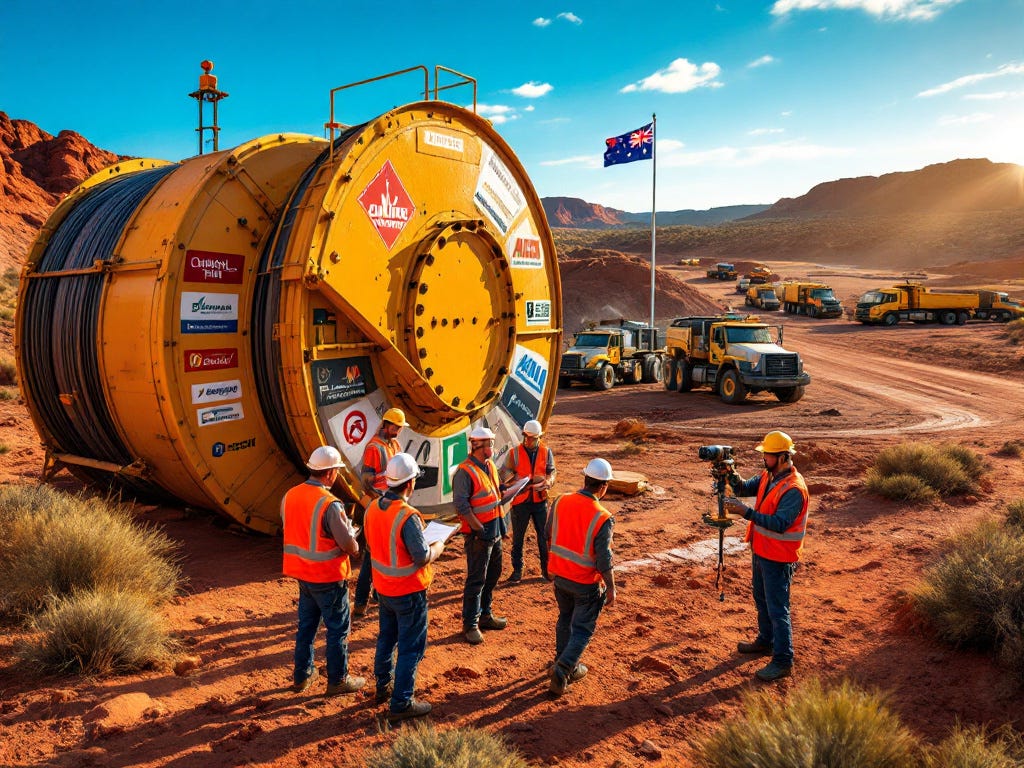How to Choose the Right Slurry Pump for Your Industry
Visit Us:- https://cosmospumps.com/how-to-choose-the-right-slurry-pump-for-your-industry/
In industrial applications, efficiency and reliability are paramount. Efficiency and reliability are the determining factors that show whether a company gains or loses revenue. Thus, choosing the right pumping equipment is extremely important. Suppose you work in construction, mining or even the chemical industry, In that case, you will be working in an aggressive, high-performance environment, and a quality slurry pump makes all the difference.
Visit Us:- https://cosmospumps.com/how-to-choose-the-right-slurry-pump-for-your-industry/
In industrial applications, efficiency and reliability are paramount. Efficiency and reliability are the determining factors that show whether a company gains or loses revenue. Thus, choosing the right pumping equipment is extremely important. Suppose you work in construction, mining or even the chemical industry, In that case, you will be working in an aggressive, high-performance environment, and a quality slurry pump makes all the difference.
How to Choose the Right Slurry Pump for Your Industry
Visit Us:- https://cosmospumps.com/how-to-choose-the-right-slurry-pump-for-your-industry/
In industrial applications, efficiency and reliability are paramount. Efficiency and reliability are the determining factors that show whether a company gains or loses revenue. Thus, choosing the right pumping equipment is extremely important. Suppose you work in construction, mining or even the chemical industry, In that case, you will be working in an aggressive, high-performance environment, and a quality slurry pump makes all the difference.
0 التعليقات
0 المشاركات
507 مشاهدة
0 معاينة








